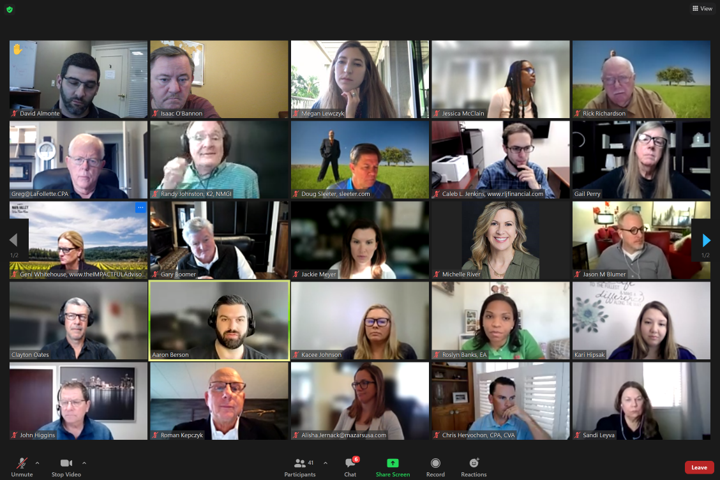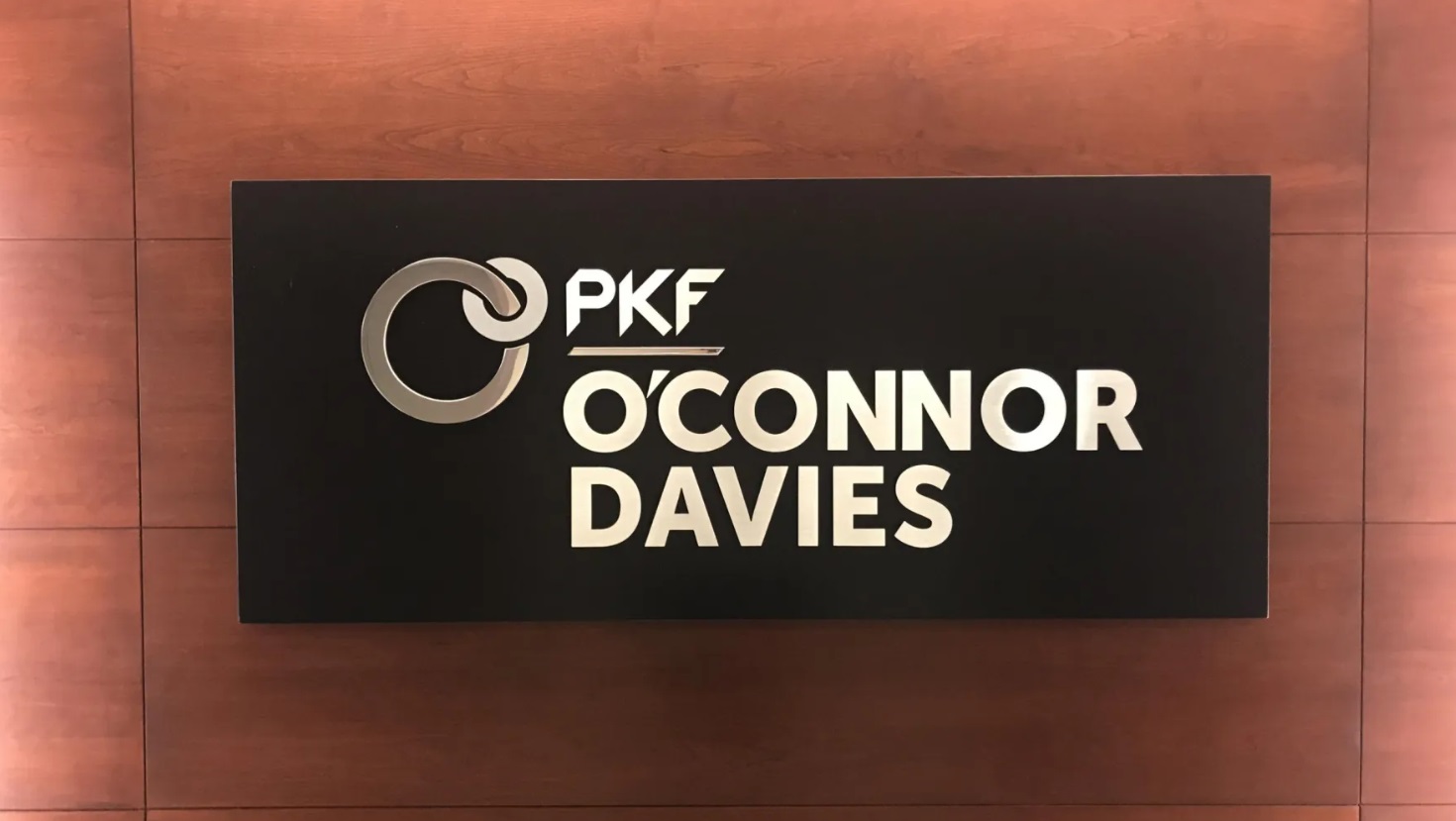Think of strategic planning as your firm’s roadmap to the future. When change is the only constant, having a plan that adapts and evolves is crucial. But strategic planning is more than just a survival toolkit for today’s challenges. It’s your opportunity to shape what’s next. At the heart of this journey is setting visionary goals—these are the big, bold dreams that drive innovation and inspire change.
What Makes a Goal Visionary?
Visionary goals are special. They’re not your everyday business targets. These goals are like the north star for your organization, guiding you towards a future that aligns with your deepest values and loftiest ambitions. They’re about dreaming big and then putting those dreams into action.
How do you set these kinds of goals? It starts with really getting to know your ideal clients and what might lie ahead. This isn’t about just following the current trends. It’s about thinking ahead of the curve and positioning your firm to respond to changes and lead the charge. Visionary goal-setting is a mix of blue-sky thinking and down-to-earth planning.
Imagine you’re aiming high but also have your feet firmly on the ground. That’s what setting visionary goals is all about. They stretch your imagination and capabilities but are still within your reach. Getting this balance right is key. It turns those sky-high ambitions into something you can achieve, step by step.
Balancing Short-Term and Long-Term Objectives
Mastering the art of balancing short-term and long-term objectives is crucial. This dual focus involves navigating your firm’s immediate financial and operational needs while keeping an eye on the long-range goals that define its future trajectory.
The Importance of Dual Focus:
Balancing short-term and long-term objectives is like steering a ship. The immediate tasks—managing cash flow, meeting quarterly targets, addressing client needs—are like navigating through the waters directly ahead. Simultaneously, long-term goals—such as expanding market reach, innovation, or sustainable growth—represent the distant shore you are steering toward. Losing sight of either can lead to misdirection or missed opportunities.
Strategies for Achieving Balance:
Setting Milestone Targets: Break down long-term goals into smaller, short-term objectives. For example, if the long-term goal is to expand business operations internationally over five years, annual milestones could be set around market research, building international partnerships, or developing global teams.
Flexible Planning Models: Given the dynamic nature of business, adopting flexible planning models is essential. This means regularly reviewing and adjusting strategies to account for market changes, new regulations, or shifts in client demands. Flexibility ensures the organization can pivot without losing sight of its long-term objectives.
Regular Reviews and Adjustments: Consistent evaluation of both short-term achievements and progress toward long-term goals is key. This could involve quarterly reviews of financial statements and operational metrics in the context of the organization’s broader strategic plan.
Getting Everyone on Board: The Power of Team Involvement in Strategic Planning
When it comes to strategic planning, especially in the world of accounting, it’s like putting together a puzzle — every piece, or in this case, every team member, matters. Involving your whole team isn’t just nice to have; it’s essential. It’s about tapping into the diverse pool of insights everyone brings to the table, strengthening everyone’s commitment to the goals you’re chasing together.
How Do You Get the Team Involved?
Workshops and Training: Imagine these as huddles where your team digs into the firm’s aims. These sessions could range from getting everyone up to speed on the latest software to discussing industry shifts. It’s all about ensuring everyone’s on the same page with the firm’s strategic direction.
Regular Team Meetings: Think of these as your team’s regular check-ins. It’s where you chat about how things are going, look at the forecasts, and tackle budget matters. But it’s not all numbers and figures; use these meet-ups as a brainstorming hub to solve problems and cook up some out-of-the-box ideas.
Collaborative Tools: Ever tried those apps where everyone can throw in their ideas and updates in real-time? They can be game-changers for planning and decision-making. It’s about making the whole process smoother, clearer, and more inclusive.
Why Do Diverse Perspectives Matter?
Bringing people from different levels and areas of your firm into the planning process is like adding a range of spices to a dish—it just makes everything better. You get a mix of skills, experiences, and viewpoints that lead to more well-rounded and effective strategies.
Strategic Planning: More Marathon Than Sprint
Remember, strategic planning in accounting isn’t a one-off event. It’s a journey you’re all on together. It’s about setting those big goals, finding the right balance between the now and the future, and ensuring everyone’s moving in sync every step of the way. When your team is actively involved in this journey, your strategic objectives don’t just look achievable; they become a shared mission that everyone’s invested in.
Thanks for reading CPA Practice Advisor!
Subscribe Already registered? Log In
Need more information? Read the FAQs
Tags: Firm Management





